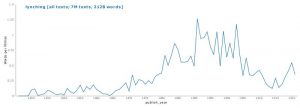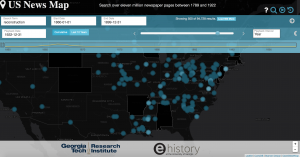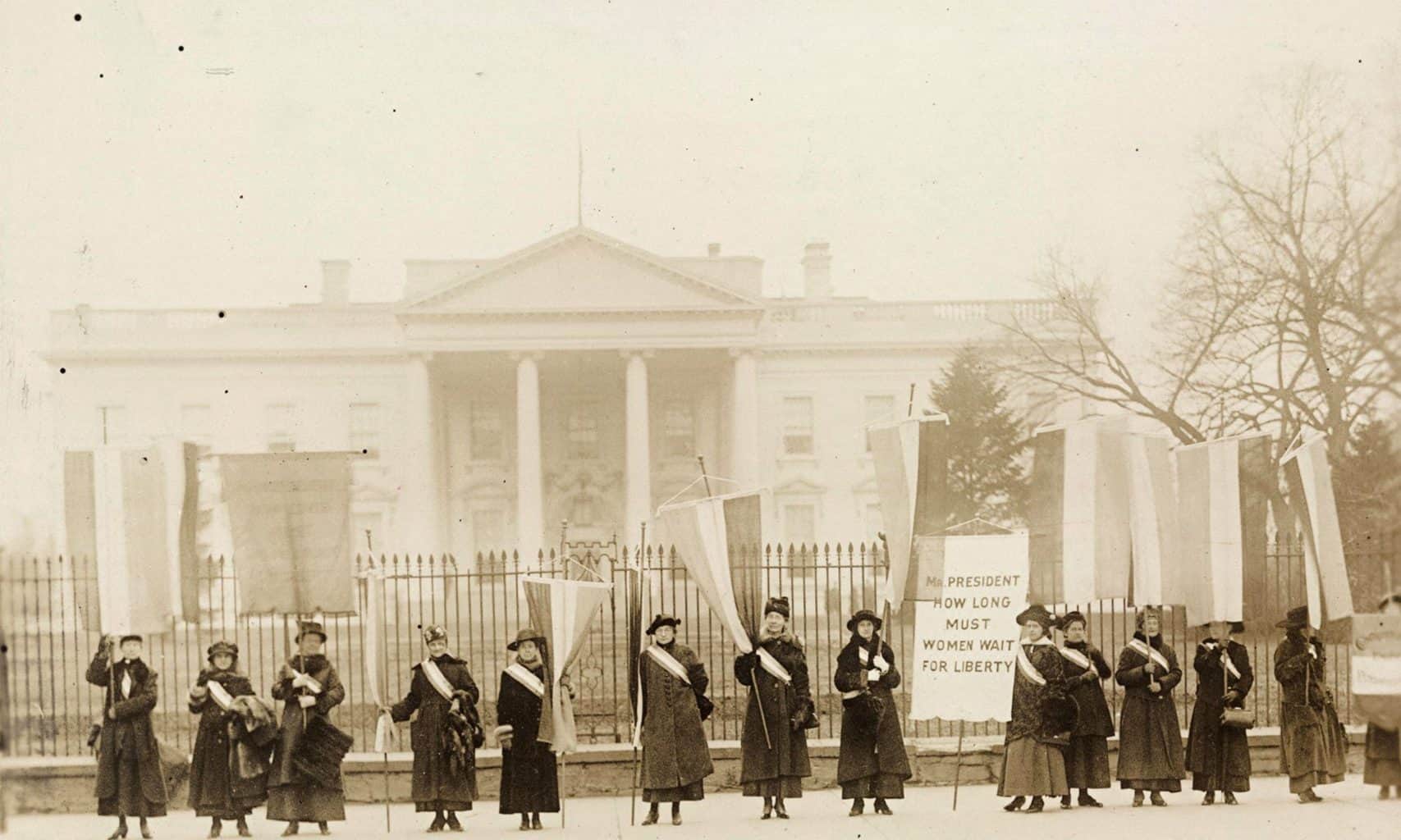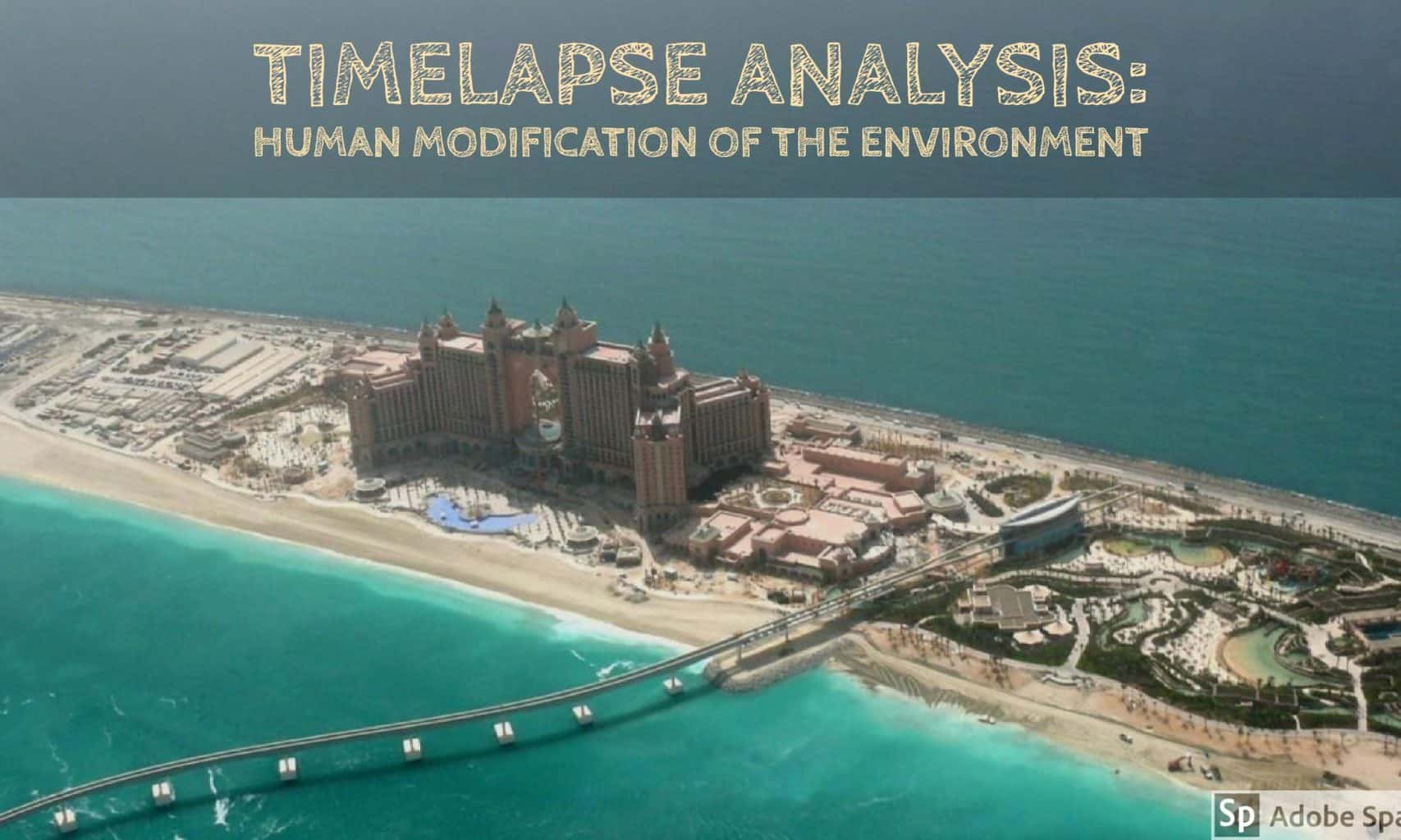An Account of The Red Summer
Adapted from a lesson by SHEG
Directions:
Use this letter and your knowledge of history to answer the questions that follow.
Background information: The events described in the following letter take part during a time referred to as the “Red Summer,” referring to the summer of 1919. It was a time when there was a sharp increase in race riots across the country, in the North as well as the South. This document comes from the archived records of the NAACP, the National Association for the Advancement of Colored People.
Source text:
Monday July 21st, 1919
I was returning to Washington after having been out of town… I arrived at the Union Station at 12 pm, [and] boarded a street car… When I reached… the place of transfer I noticed that things were as quiet as it usually is at that hour of the night. I waited there about 5 minutes for the Brightwood car and when it came I and a Captain boarded it. I walked into the car and soon noticed that I was the only member of my race present except a lady whom I noticed later but not at this time. As I started to get a vacant seat a soldier put his arm across me and said “where are you going n—–?” I said to him that I was going to get a seat, As [sic] I was telling him that I heard some others in the car saying “lynch him”, “kill him”, “Throw him out of the car window” and at that time I was being grabbed from all sides. I forced my way to the rear door and was hit by something as I stepped off, which cut my ear and bruised my head. As the car moved away the conductor fired three shots at me. It was as I got off the car that I noticed the lady on the car, what became of her I do not know.
James E. Scott
Image and interview source: Library of Congress NAACP: A Century in the Fight for Freedom. Williams Jacobs
Other facts related to Mr. Scott’s letter:
1. The so-called “Red Summer” riots took place across 25 cities. This included riots in Illinois, Nebraska, Washington D.C., and Texas.
2. Mr. Scott’s account describes the 5-day Washington Riot, which started on July 19th, 1919. The riots began when reporters published sensationalized (hyped-up) headlines describing attacks on White women by Black men.
3. In response to the headlines, White servicemen began assaulting Black pedestrians
4. This letter was Mr. Scott’s affidavit. This means it was a legal court document signed under oath that testifies to what Mr. Scott witnessed.
Question: Which 2 of the 4 facts above help you figure out whether Mr. Scott’s experience of being involved in a race riot was typical (usual) or atypical (unusual) of Black men in the 1920s?
Explain your reasoning.
Fact # ___ helps to show that Mr. Scott’s experience was either usualor unusual because:
Fact # ___ helps to show that Mr. Scott’s experience was either usual or unusual because:
Question: Which 2 of the 4 facts above help you decide if Mr. Scott is a trustworthy source?
Fact # ___ shows _____________________ because:
Fact # ___ shows _____________________ because:






